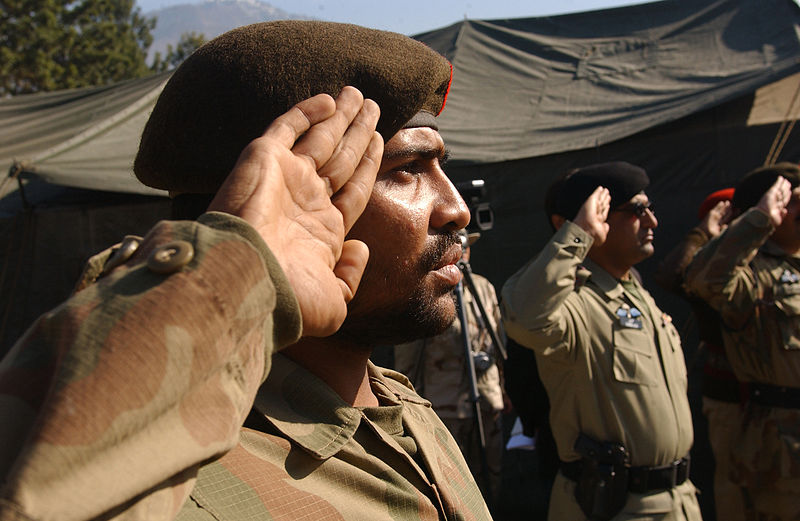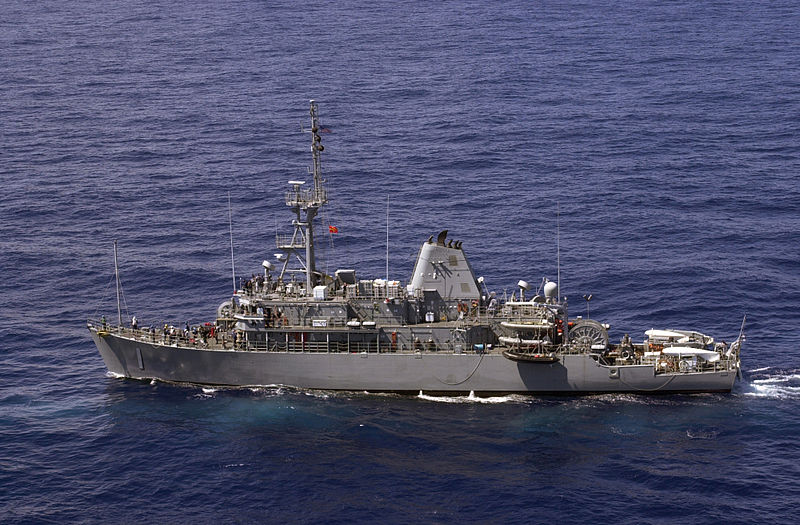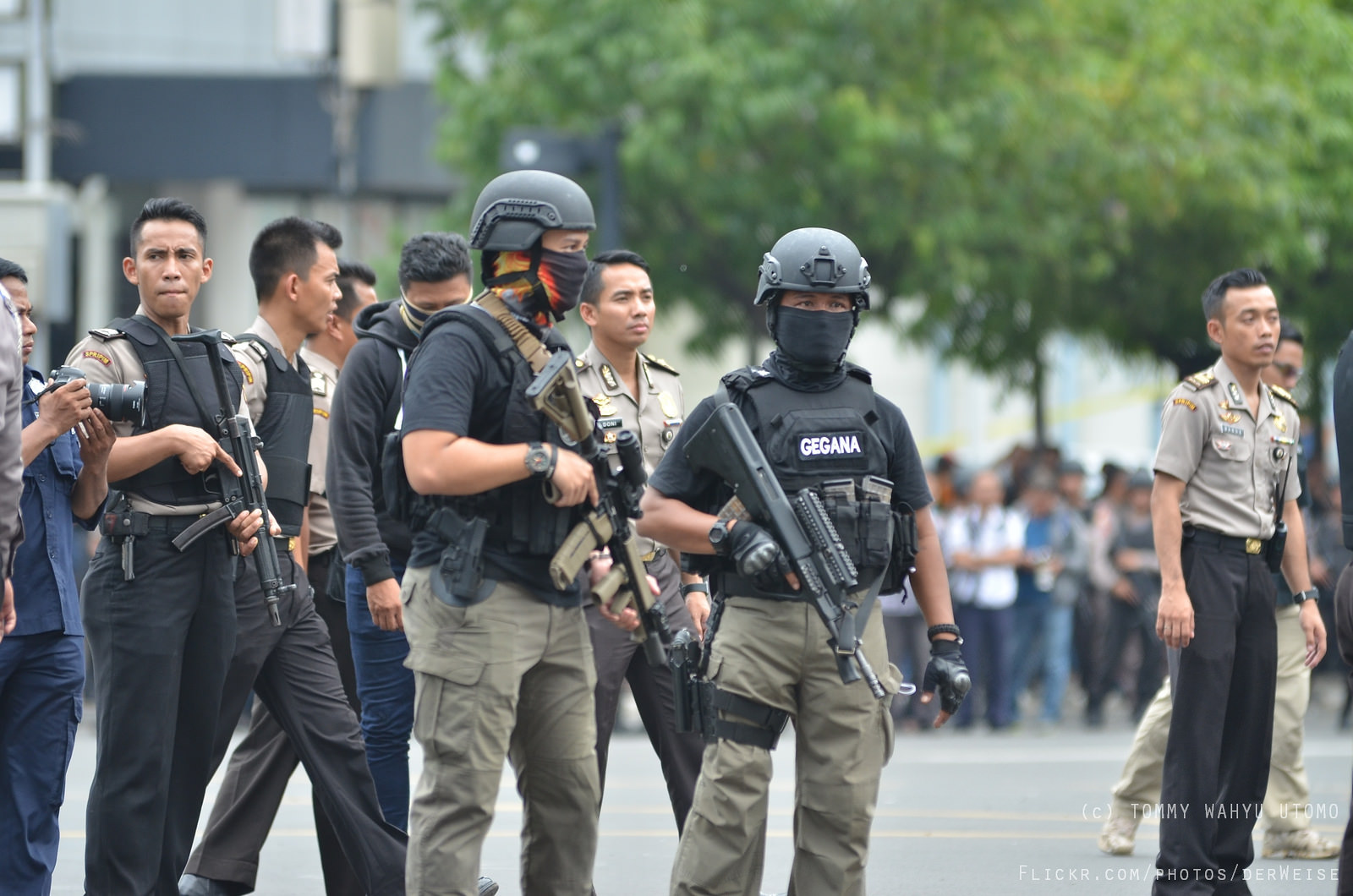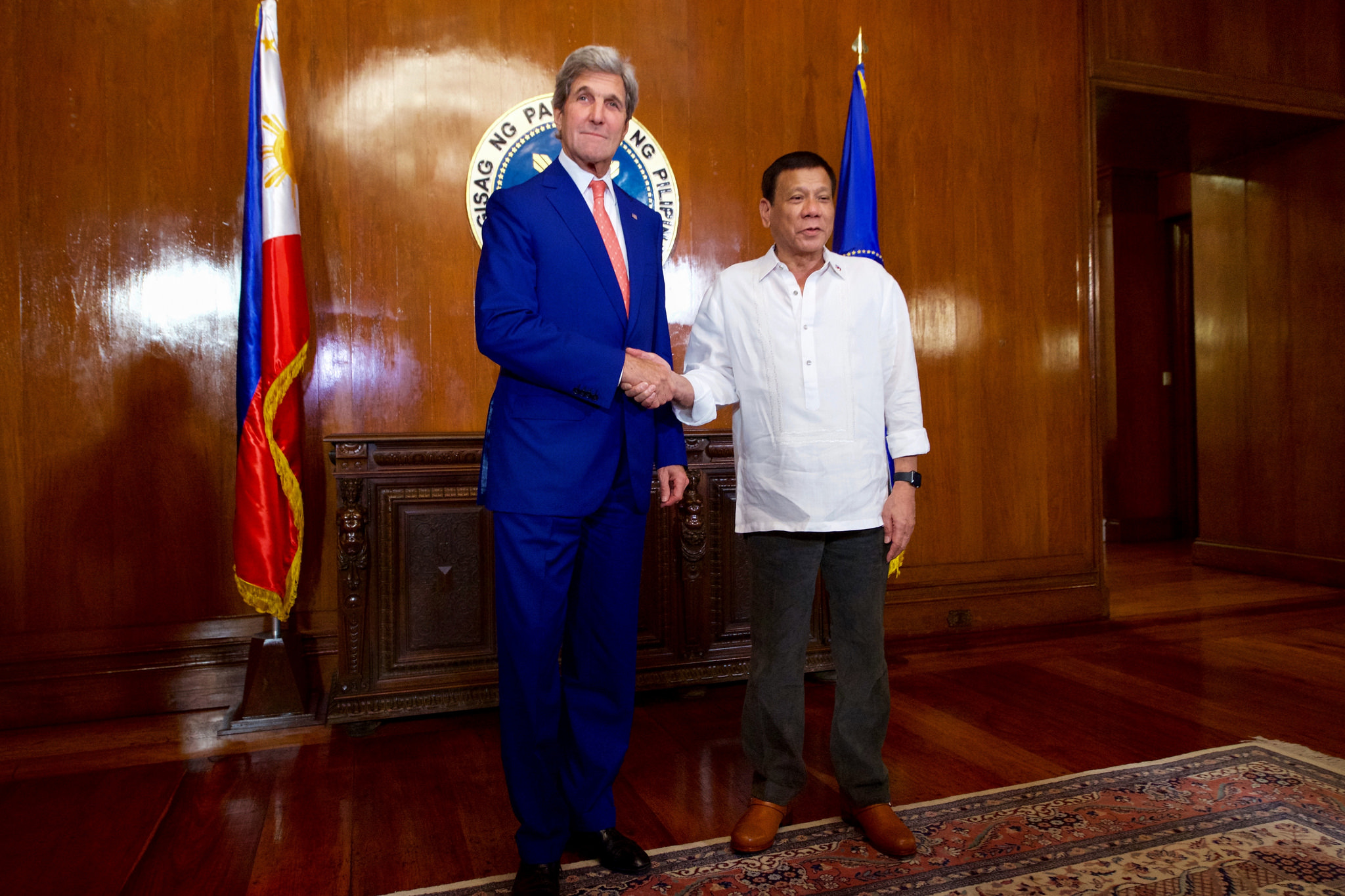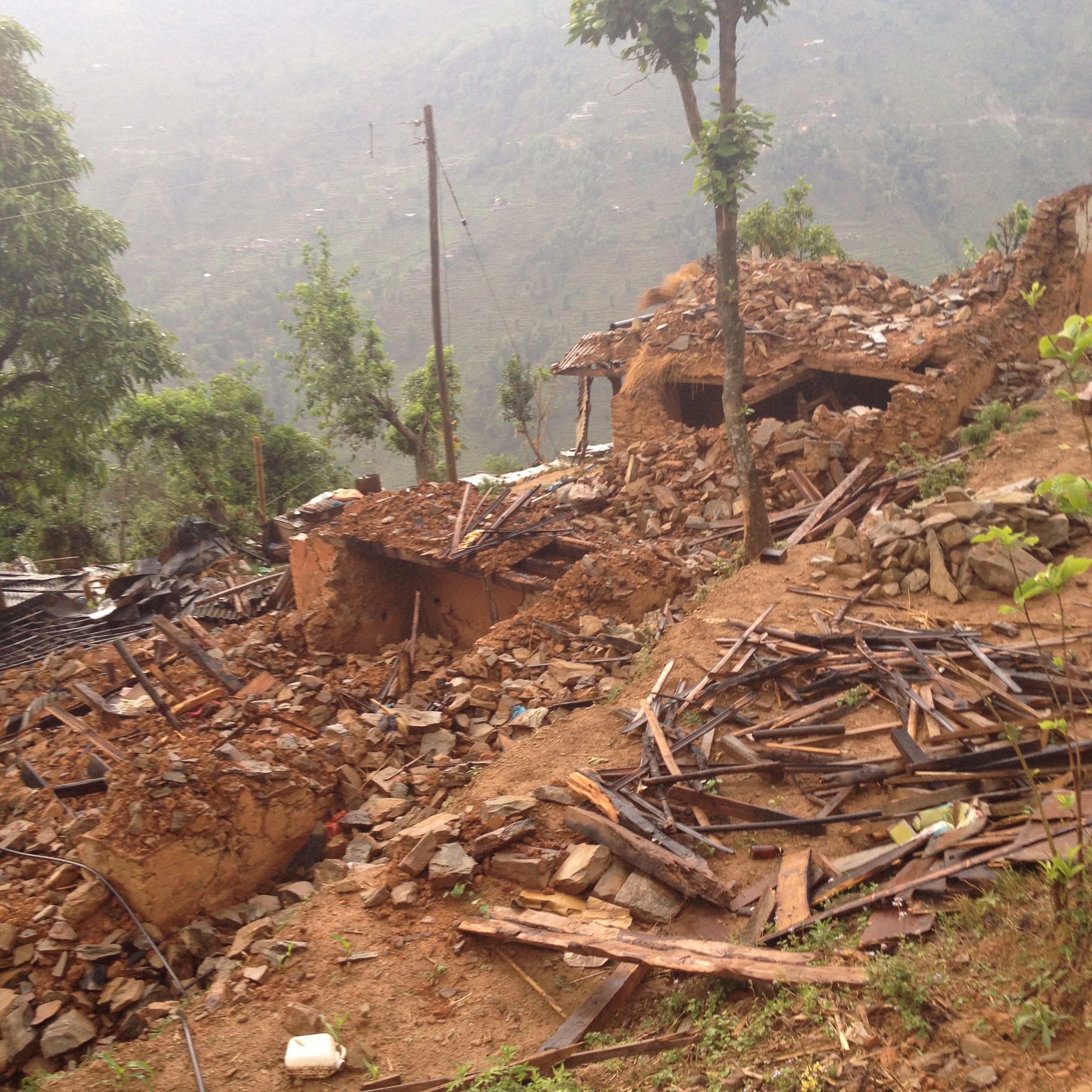
Since June 15, the Pakistan Army has been waging Operation Zarb-e-Azb. This military offensive into North Waziristan has triggered a debate about whether it marks a shift in the priorities of the military leadership: the Army claims that it will target all armed groups on the northwest frontier, while skeptics suggest that the military will protect its partners and strategic assets. We cannot decisively settle this question yet, but it is possible to analyze how the military is framing Zarb-e-Azb to the Pakistani public.
Both the Inter-Services Public Relations (ISPR) and the Pakistan Army have an active internet presence, ranging from mundane press releases to flashy propaganda videos. We need to be careful not to read too much into war propaganda. Nevertheless, the military has used media communications to justify the Army’s actions and, at times, to send blunt political messages (as in the wake of the Bin Laden raid). The lack of independent access to the war zone makes the media unusually reliant on the military’s narrative for its own reporting. We therefore may be able to learn something from what the army is emphasizing in this informational battlespace – and, just as importantly, what it is not.
A Vague Enemy
A striking characteristic of military communication is its lack of detail about which groups the military is fighting (see all Zarb-e-Azb press releases here). The initial announcement of the operation saw the military accusing terrorists of waging “war against the state of Pakistan” – but without saying exactly who would be targeted. Subsequent press releases provide detail on the location of military operations, caches of weapons seized, and care provided to Internally Displaced Persons (IDPs). They also provide body counts of the enemy; for instance, “4 x isolated terrorist hideouts were destroyed early morning today through aerial strikes in shawal valley, killing 20 x local and foreign terrorists.”
But there is almost no information about which groups have been attacked, other than mentions of Uzbek and other foreign fighters. North Waziristan has been a basing area for numerous organizations in recent years, including allies of the military such as the Hafiz Gul Bahadur group and the Haqqani network (while South Waziristan continues to be the home to other military partners, such as the Sajna and Mullah Nazir groups). The military’s media strategy does little to allay concerns that, despite rhetoric to the contrary, it continues to discriminate between “good” and “bad” Taliban. The lack of news about the capture or death of major group leaders has a similar effect: raw body counts without names or organizations carry little credibility.
A Short, Decisive Blow – but only in North Waziristan?
Zarb-e-Azb is not being framed as the beginning of a long, bitter war with Pakistan’s internal enemies. Instead, the operation has been variously labeled “The Final Blow,” “Operation Wipeout,” and “Marking an End to Terrorism.” A final blow against an undefined enemy does not prepare the public for a long conflict. This framing of terrorism as synonymous with militants in the mountainous periphery ignores the presence of heavily armed jihadist and sectarian armed groups throughout much of Pakistan. These militants’ attacks have ranged from massacres of Shia and Ahmadis to car bombs in urban Pakistan to assassinations of politicians. Even if Zarb-e-Azb suppresses some armed factions and displaces others into Afghanistan, groups in the rest of the country will remain active, especially in Punjab and Karachi. It is unlikely in the extreme that Zarb-e-Azb will mark “an end to terrorism.” The political will to confront militants in Pakistan’s heartland areas remains the critical open question (though Chief of Army Staff Raheel Sharif did recently state that the Army will eradicate “this menace of terrorism from across the country”).
Symbolic Combat
The Pakistani state faces a fundamental problem as militants claim to be truer to the idea of Pakistan and the precepts of Islam than the country’s military and political leadership. The Army is far more accustomed to cracking down on ethno-linguistic groups, whether in Balochistan, Sindh, or East Pakistan, than those waving the banner of Islam.
Establishing a high ground in this battle over symbols and discourse has been a challenge, one that the public relations strategy accompanying Zarb-e-Azb tries to overcome. In the (catchy) video “Allah o Akbar,” for instance, we see the military defending its ideological flanks. There is a fusing of Pakistan, Islam, and military, with flying Pakistani flags, the repeated invocation of “God is great” alongside that of “our Pakistan,” supportive crowds of resolute civilians, and images of combat forces in action. Nation/state/religion are presented as unified around the military in opposition to the enemy. Other videos take up similar themes, ranging from admiring portraits of the Army to appeals to Pakistani nationalism.
There is a clear effort to reclaim these symbols for the military. But this approach simultaneously reaffirms a dangerously ambiguous religious ideology as central to the idea of Pakistan, leaving space open for extremist groups to “outbid” the state by demanding ever-more-exclusionary understandings of who should be viewed as truly Pakistani and legitimately Muslim. Doubling down on symbolic combat does not resolve this core vulnerability.
The Army’s public framing of the conflict sends worrisomely mixed messages. It is clearly more motivated to suppress certain armed actors than in the past, marking a welcome break from years of ill-fated peace deals and negotiations. But this is balanced by its remarkable lack of detail about the operation’s actual targets. More broadly, Zarb-e-Azb’s PR campaign has not established the groundwork for a longer struggle, one that will be waged as much in the country’s cities as in the distant mountains of North Waziristan.

